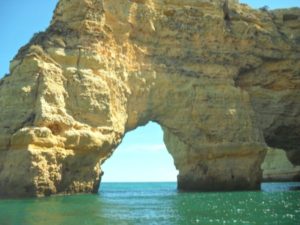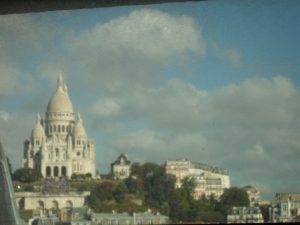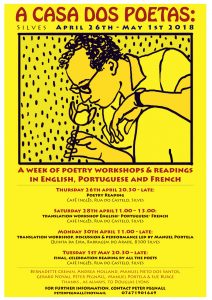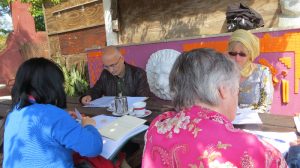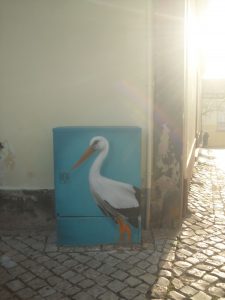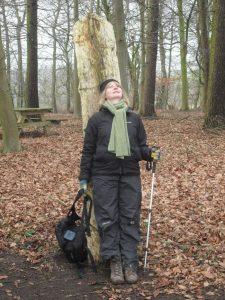I do like a few days of well-behaved snow and North Norfolk has delivered this very efficiently. Gorgeous, shiny snow, enough to cover the muddy bits every now and then but not enough to cut us off. All kinds of falling snow, from soft, floating flakes to that polystyrene packaging looking stuff. I’ve been devouring Nancy Campbell’s entrancing Fifty Words for Snow in which she explores words from a wide range of languages that refer to snow from Korean to Spanish, from Irish to Lugandan. One of my favourites is an Icelandic word, Hundslappadrifa, which translates as snowflakes big as a dog’s paw.

I’m no longer very keen on getting my gloves off and shaping the snow into balls and men, but fortunately someone locally has done that for me. I love this snowman with his bracken brows in a field near us! We are so lucky to have the countryside on our doorstep and have been exploring the area known as Roman Camp. This area has medieval ironworkings but no apparent links to the Romans. It was thought that nineteenth century coach drivers named it so to make it more appealing to tourists. There are sunken lanes, ancient quarry pits, earthworks and woods. There is heathland where you can gaze down at the sea from the highest point in Norfolk, Beacon Hill, site of a medieval beacon, last used during the Napoleonic wars. Recently the sea has been a swollen lavender colour, dark and solid as the land.
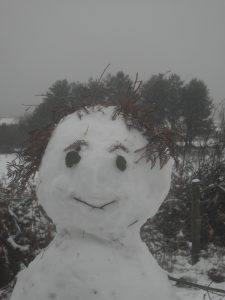
So I’m wondering why my mind is constantly turning to Mexico at the moment. Perhaps I’m craving the forbidden fruits of foreign travel or some colour and sunshine. As I look out from my desk I can see the roof of the barn opposite covered in a thick, glistening layer of snow. It could also be because I’ve been exploring the works of the Oulipo movement. I recently taught a poetry workshop using oulipo techniques and I’ve become a little obsessed with this group of writers and mathematicians who, from 1960 onwards, started looking at how constraints served to unleash greater creativity. Italo Calvino, Georges Perec and Raymond Queneau are my favourite oulipeans, but there are many! The movement still exists today and there are still practitioners publishing their work. I love Harryette Mullen’s Sleeping with the Dictionary which uses playful word games to produce innovative poetry. Another favourites is Dan Rhodes’ Anthropology, 101 stories of girlfriends consisting of 101 words each and in alphabetical title order. I’ve been reading Joe Brainard’s I Remember which inspired Georges Perec’s book of the same name. This is basically a list of memories, all starting with the phrase “I Remember…” so I thought I would have a go at doing this with my memories of Mexico. In the 1990s I was studying art history and training to be a guide at the Sainsbury Centre for Visual Arts (on top of a full-time job!) and became increasingly fascinated with the Meso-American objects in the collection. We took a two-week holiday in Mexico where I was able to see more of these objects at the National Museum of Anthropology, as well as visiting various Aztec and Mayan sites. In the early 2000s I travelled to Mexico for work quite a few times doing international recruitment for the University of East Anglia and also as a guest lecturer and teacher trainer. This enabled me to visit more sites and discover different parts of the country, a truly eye-opening experience. So, here goes!
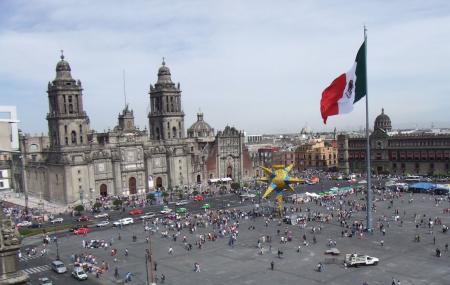
I remember the main square in Mexico City, the Zocalo, with the sinking, shifting cathedral built on Aztec temple remains. There were men with signs round their necks on the edges of the square, advertising their availability for work. Huge frying pans of insects ready to be coated in chocolate and sold as snacks.
I remember a Harley Davidson rally on the Plaza de la Republica.
I remember the Casa de los Azulejos, a cafe with walls covered in beautiful tiles. I don’t remember what I ate and drank, just how the tiles told me stories.

I remember drinking margaritas on the roof terrace of the Hotel Majestic, overlooking the Zocalo and wondering why they were going to my head. Then realising the whole city is 2,250m above sea-level and I was probably suffering from a touch of altitude sickness.
I remember Plaza Garibalid, full of rival mariachi bands, busking their hearts out. How the music was both melancholy and celebratory.
I remember the Mercado de Sonora, the withcraft market, dark and smoky and full of the inexplicable. They probably had the answers to all my problems somewhere in that market, but I think I just bought a candle.
I remember the Diego Rivera murals in the Palacio Nacional and how rousing they are. For a few minutes I wanted to start a revolution.
I remember taking a colourful boat at Xochimilco to travel the old Aztec waterways. Mariachi boats would come and serenade you for a few dollars. I ate my first tamale and took pictures of all the deteriorating and decapitated dolls on the island known as The Island of Dead Dolls. At the time I was writing a poetry collection on dolls which was never meant to be…

I remember climbing the Temple of the Sun and feeling that I would become a sweaty puddle of sacrifice on the steep steps.

I remember tasting mole poblano for the first time. It’s a rich, spicy sauce and one of the main ingredients is chocolate. I still use chocolate in my vegetarian chillis and chilli/chocolate paste in most of my sauces. It was in Puebla and I bought a beautiful blue and white tile which I have to this day.
I remember sitting on the verandah of my hotel one evening. It was in the Chiapas region and near the ruins of Palenque. I could see a creature approaching in the dark and sat as still as I could. It was an armadillo.
I remember going to the beautiful Agua Azul waterfalls in Chiapas and losing two of my nine lives. I was dozing on the bus and was woken up by screams. On a high mountain road the driver had misjudged the bend and when I looked out of the window the wheel was hanging over the edge of a long drop. We survived and then I slipped on one of the dodgy bridges over the river.

I remember the Iglesia de San Juan in Chamala and how Catholic and indigenous beliefs blended together to make this the most unusual church I’d ever been into (and that’s saying something in Mexico!)
I remember speaking Spanish and being understood.

I remember Frida Kahlo’s house in Coyoacan and how happy it made me with its beautiful colours, her vibrant artwork, the feeling that I was close to the spirit of this amazing artist.
I remember flor de calabaza (courgette flowers) floating in soup and stuffed with rice and vegetables. And nopale, cactus that when cooked tasted like green beans.
I remember staying with a friend in Taxca and staying up all night to watch the Oscars, then going down the silver mines the next morning.
I remember buying silver jewellery and how, even if it had the most intricate and beautiful designs inlaid into it, it was the weight of the silver that counted.
Why not have a go at this technique? I use it a lot in my teaching and it’s incredible how one memory leads to another and how it seems to dredge up memories previously “forgotten”. It’s important to repeat the mantra of “I remember” as it seems to have a hypnotic effect on the mind!
But for now, I’m returning to the snow and leaving you with a poem I wrote in the first lockdown, little believing when it actually snowed we would be in Lockdown Three!
Snowdream
This year we have all learnt
what it means to be snowed in
to have drunk our fill of its burn.
Some mornings I sing the snow to life,
populate my garden with imagined snowmen –
dark-eyed, top-hatted – their long embrace
my only source of warmth.
I only know three words for snow:
slow quiet cold
Once there was a man who died
planting his flag in a vast white wildness,
his name the echo of a high-wheeling bird
that dives for small, unburied things –
Falcon to my blazing Snow Queen.


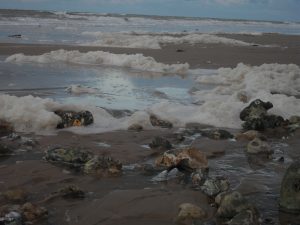

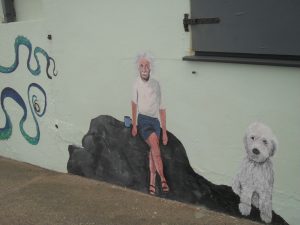

:max_bytes(150000):strip_icc()/thomas-malthus-colour-portrait-population-185751076-58b9d0715f9b58af5ca842bf.jpg)





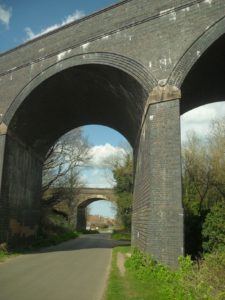

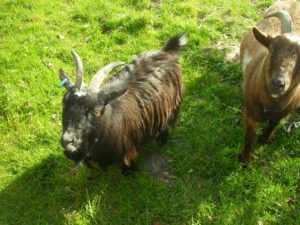 Down the green lane to the pygmy goats. These are hilarious. I seem to have perfected some kind of fake Swiss yipping yodel which brings them running, bells clanking and I can get them to follow me along the fence line to the next gate. The goat whisperer!
Down the green lane to the pygmy goats. These are hilarious. I seem to have perfected some kind of fake Swiss yipping yodel which brings them running, bells clanking and I can get them to follow me along the fence line to the next gate. The goat whisperer!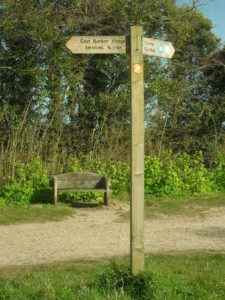
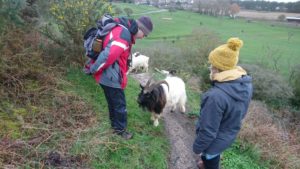













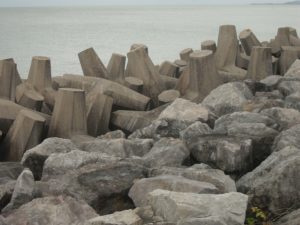



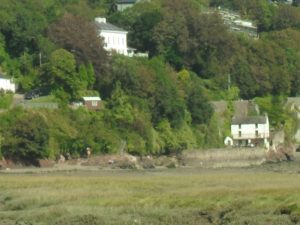










 Summer wouldn’t be summer without a reading list and I’ve been revisiting the classics this year, inspired by visits to two wonderful writers’ houses during our week’s holiday in Hastings. First stop was Lamb House in Rye where Henry James lived from 1897 until 1914. He wrote many of his most famous works here, including my particular favourite, The Turn of the Screw. If you look closely at the photo on the left you might see a shadowy figure doing a little light haunting… Joan Aitken’s book The Haunting of Lamb House is a supernatural tale featuring both Henry James and his friend friend E F Benson who lived there from 1914 onwards and who also wrote ghost stories. Benson’s celebrated Mapp and Lucia stories are set in “Tilling” which was modelled on Rye. Mapp and Lucia’s home, “Mallards” is, of course, Lamb House. Rumer Godden, one of my favourite writers when I was a child, lived there from 1967 to 1974. Her book, A Kindle of Kittens, is set in Rye. I particularly adored Miss Happiness and Miss Flower, the story of two Japanese dolls and how their new owner, Nona, a homesick little girl, decides to build them a Japanese house. I’m sure my love of all things Japanese stems from learning, along with Nona, what the dolls might like to be surrounded with to lessen their homesickness.
Summer wouldn’t be summer without a reading list and I’ve been revisiting the classics this year, inspired by visits to two wonderful writers’ houses during our week’s holiday in Hastings. First stop was Lamb House in Rye where Henry James lived from 1897 until 1914. He wrote many of his most famous works here, including my particular favourite, The Turn of the Screw. If you look closely at the photo on the left you might see a shadowy figure doing a little light haunting… Joan Aitken’s book The Haunting of Lamb House is a supernatural tale featuring both Henry James and his friend friend E F Benson who lived there from 1914 onwards and who also wrote ghost stories. Benson’s celebrated Mapp and Lucia stories are set in “Tilling” which was modelled on Rye. Mapp and Lucia’s home, “Mallards” is, of course, Lamb House. Rumer Godden, one of my favourite writers when I was a child, lived there from 1967 to 1974. Her book, A Kindle of Kittens, is set in Rye. I particularly adored Miss Happiness and Miss Flower, the story of two Japanese dolls and how their new owner, Nona, a homesick little girl, decides to build them a Japanese house. I’m sure my love of all things Japanese stems from learning, along with Nona, what the dolls might like to be surrounded with to lessen their homesickness.

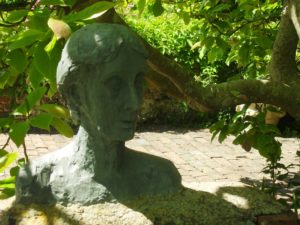
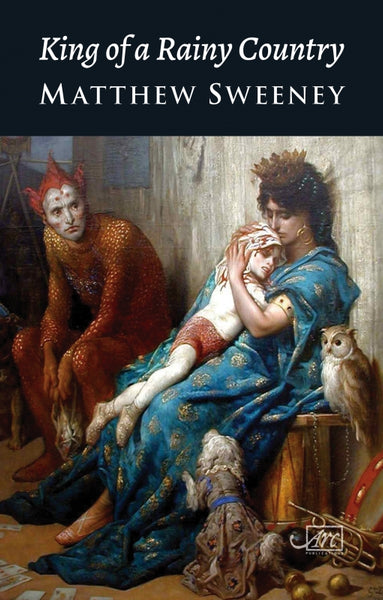

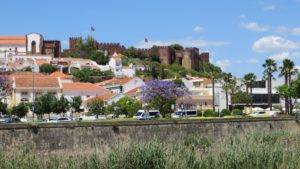

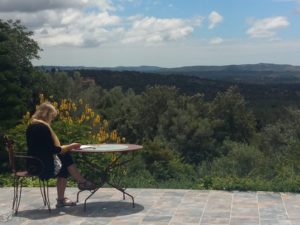 multiple guises, unpindownable…
multiple guises, unpindownable…


